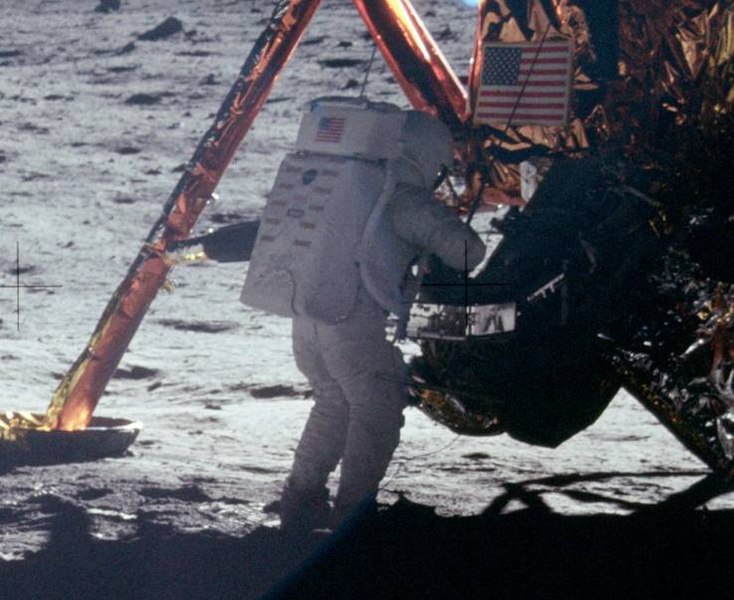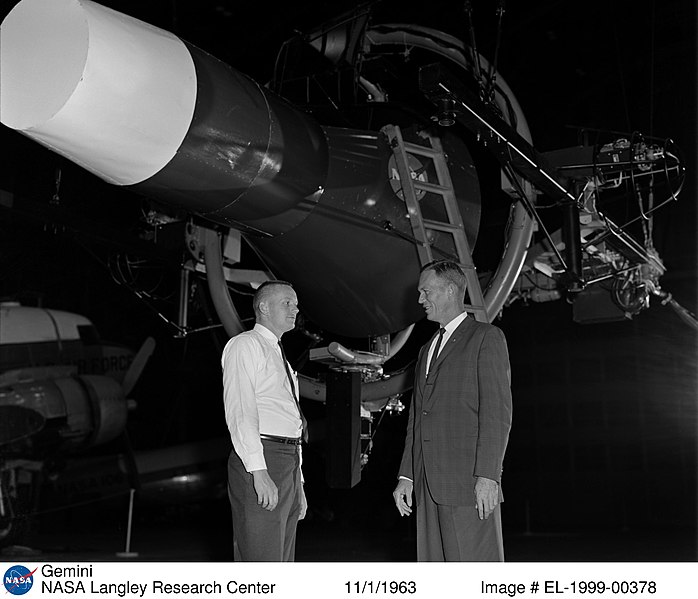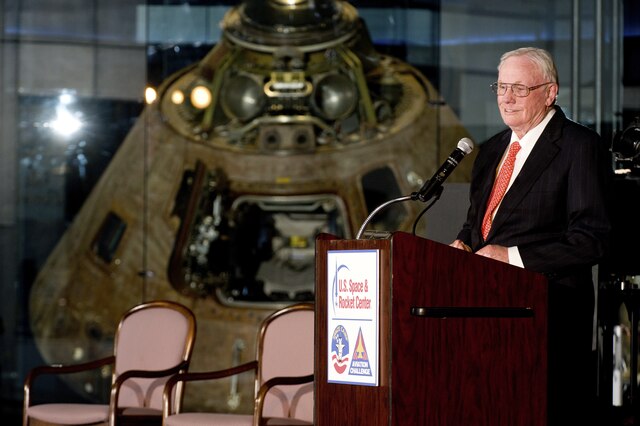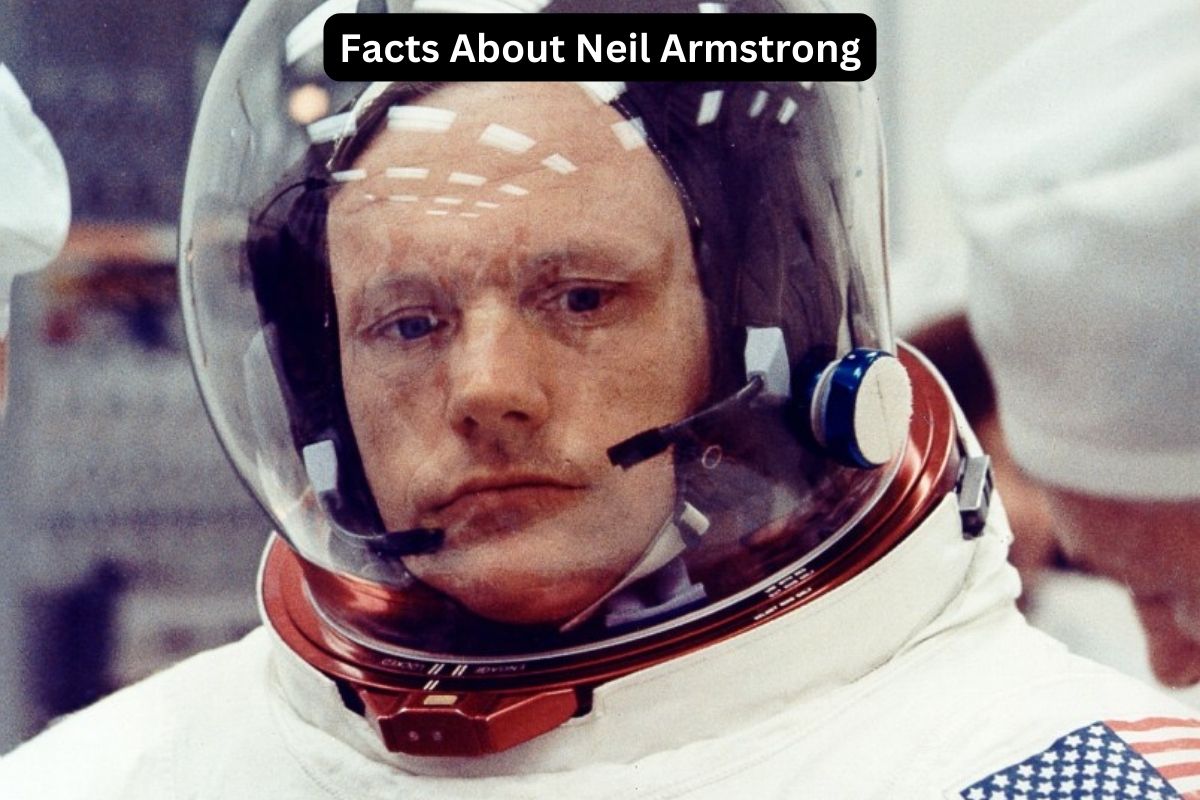Neil Armstrong, born on August 5, 1930, in Wapakoneta, Ohio, was a pioneering astronaut and aeronautical engineer who left an indelible mark on the history of space exploration.
He is best known for his historic role as the first person to set foot on the moon during NASA’s Apollo 11 mission in 1969.
Armstrong’s remarkable journey from a young aviation enthusiast to a celebrated astronaut and his iconic words on the lunar surface have made him an enduring symbol of human exploration beyond our planet.
Neil Armstrong Facts
1. Born on August 5, 1930, in Wapakoneta, Ohio, USA
Neil Alden Armstrong was born in the small town of Wapakoneta, Ohio. His early years were marked by a fascination with aviation and space, which would later shape his career and lead to his historic journey to the moon.

2. Studied aeronautical engineering at Purdue University
Armstrong’s interest in aviation and engineering led him to Purdue University in Indiana, where he pursued a degree in aeronautical engineering.
He was an exceptional student and graduated in 1955 with a Bachelor of Science degree.
3. Served as a naval aviator during the Korean War
After completing his education, Armstrong joined the United States Navy and became a naval aviator. He served during the Korean War, flying combat missions in the F9F Panther jet.
Also Read: Timeline of Neil Armstrong
His military service honed his piloting skills and provided valuable experience that would later serve him well in his career as an astronaut.
4. Became a test pilot and flew the X-15 rocket plane
After completing his military service, Neil Armstrong embarked on a career as a test pilot. He joined the National Advisory Committee for Aeronautics (NACA), which later evolved into NASA.
As a test pilot, Armstrong flew a wide variety of aircraft and became known for his exceptional flying skills and calm demeanor under pressure.
Also Read: Facts About Astronauts
One of the most notable aircraft he piloted was the X-15, a rocket-powered plane that reached the edge of space. Armstrong’s experience as a test pilot made him a prime candidate for NASA’s astronaut program.

5. Commanded the Gemini VIII mission in 1966
In 1966, Armstrong was selected as the command pilot for NASA’s Gemini VIII mission. This mission was a significant milestone in the Gemini program, as it marked the first time two spacecraft docked in orbit.
Armstrong and his fellow astronaut David Scott successfully performed the first-ever docking of two vehicles in space. However, the mission faced a critical emergency when a thruster malfunctioned, causing the spacecraft to spin uncontrollably.
Armstrong’s quick thinking and composure helped save the mission, and they safely returned to Earth. This experience further demonstrated his exceptional piloting skills and ability to handle challenging situations in space.
6. First person to walk on the moon during Apollo 11 in 1969
Neil Armstrong’s most iconic achievement came on July 20, 1969, during NASA’s Apollo 11 mission. He, along with Buzz Aldrin, made history by becoming the first humans to land on the moon’s surface.
Armstrong piloted the lunar module, known as the “Eagle,” and made a controlled descent to the moon’s surface. After touching down, he descended the ladder and set foot on the lunar soil, delivering his famous words:
“That’s one small step for [a] man, one giant leap for mankind.”
Armstrong and Aldrin conducted experiments, collected samples, and explored the lunar terrain during their approximately two and a half hours on the moon’s surface.
Their successful mission marked a monumental achievement in human space exploration and remains an enduring symbol of human ingenuity and courage.

7. Famous for saying, “That’s one small step for [a] man, one giant leap for mankind”
The quote captures the profound significance of humanity’s achievement in landing on the moon, emphasizing that this momentous event was not just an individual accomplishment but a giant leap forward for all of humanity. It has since become one of the most iconic phrases in the history of space exploration.
8. Spent about 2.5 hours on the lunar surface
Armstrong and Buzz Aldrin, his fellow astronaut on Apollo 11, spent approximately two and a half hours exploring the lunar surface. During this time, they conducted various scientific experiments, collected samples of lunar soil and rocks, and took photographs and video footage.
The limited duration of their moonwalk was due to the constraints of their spacesuits and equipment, as well as the need to ensure a safe return to the lunar module for their journey back to Earth.
9. Flew to space twice (Gemini VIII and Apollo 11)
Neil Armstrong’s spacefaring career included two missions to space. His first mission was as the command pilot of Gemini VIII in 1966, where he achieved the historic docking of two spacecraft in orbit.
His second and most famous mission was as the commander of Apollo 11 in 1969, during which he and Buzz Aldrin made their historic lunar landing while Michael Collins orbited above in the command module.
These missions not only contributed to scientific knowledge but also cemented Armstrong’s status as an astronaut pioneer.
10. Passed away on August 25, 2012, at the age of 82
Neil Armstrong lived a relatively private life after his historic moon landing, avoiding the celebrity spotlight.
He continued to contribute to aerospace engineering and education by serving as a professor at the University of Cincinnati and holding positions on corporate boards. Sadly, Armstrong passed away on August 25, 2012, at the age of 82.
His death marked the loss of an American hero and an iconic figure in the history of space exploration. He is remembered and honored for his significant contributions to science, aviation, and space exploration.
